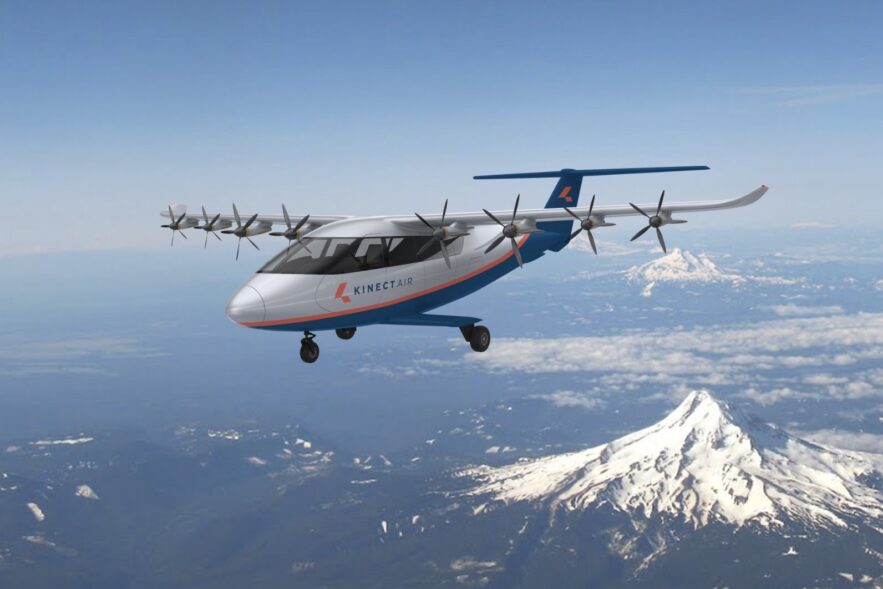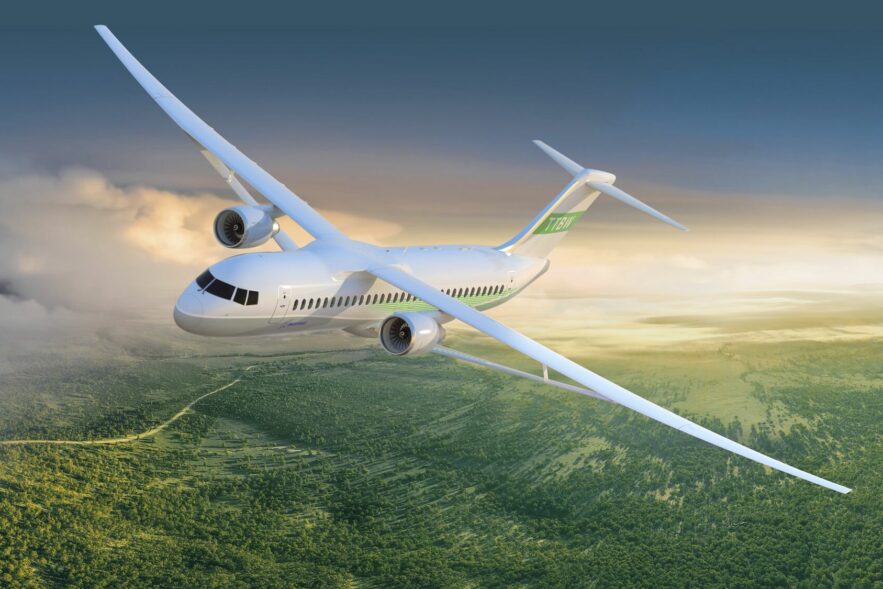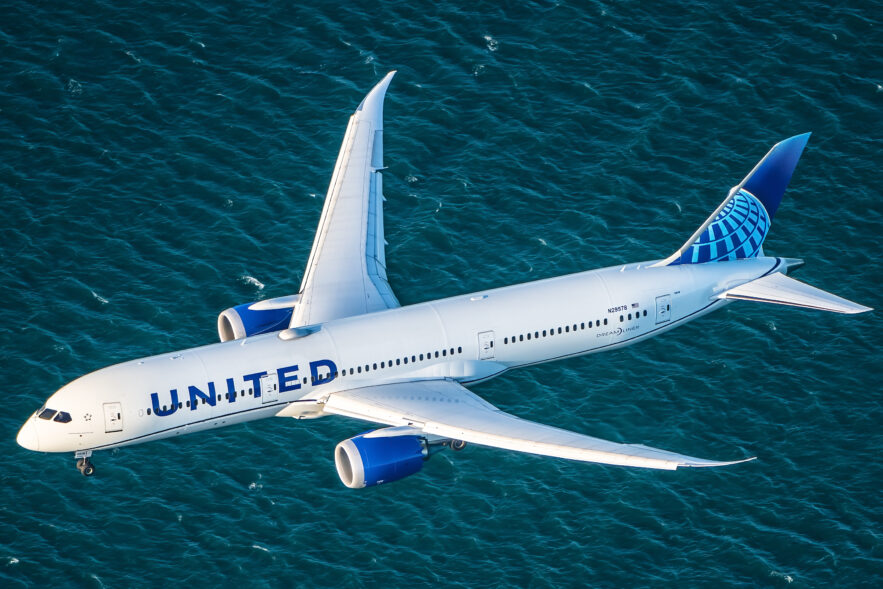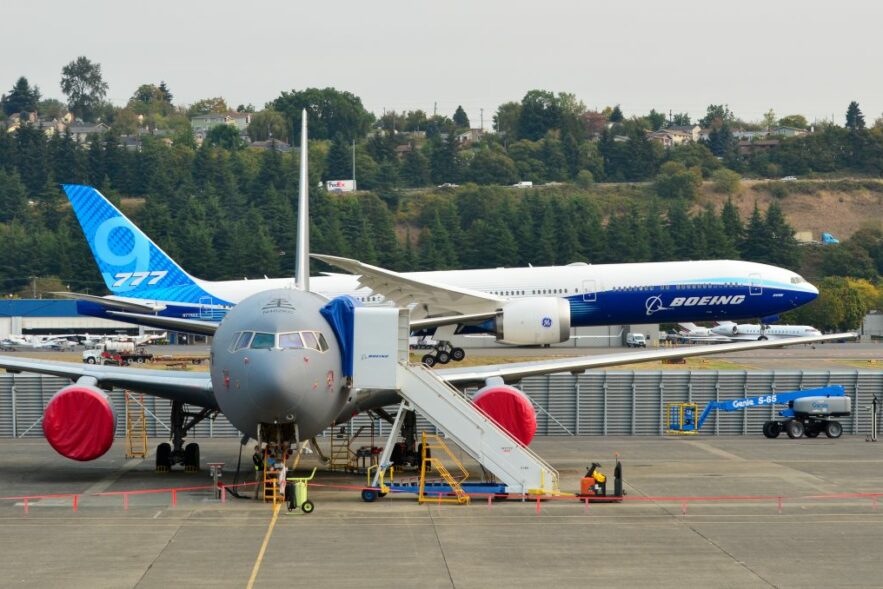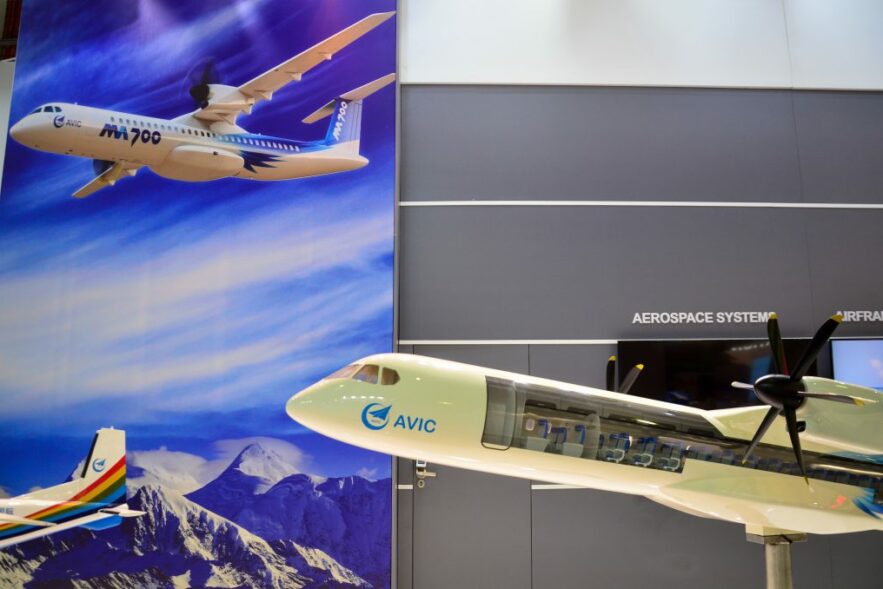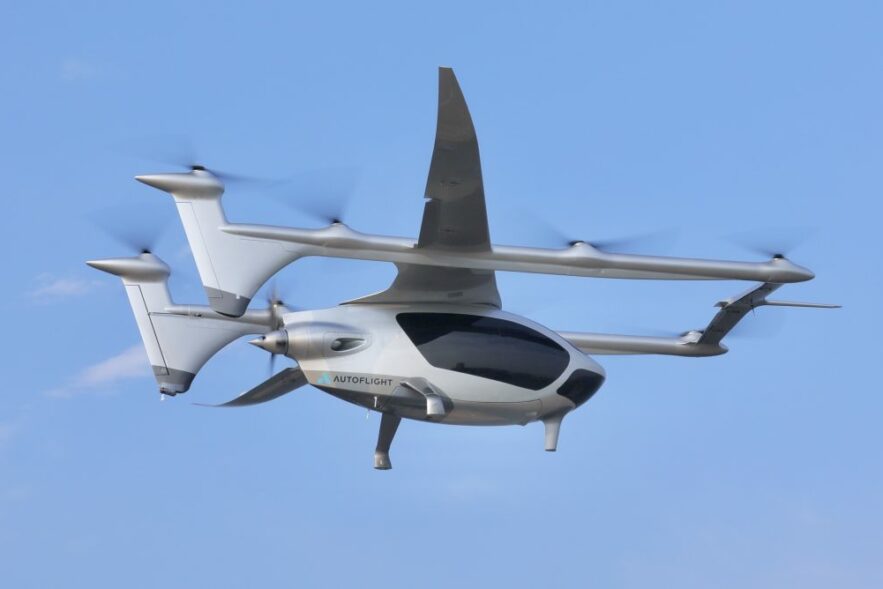A new generation of electric, hybrid, and hydrogen aircraft developers are hoping to succeed where very light jets did not.
Log-in here if you’re already a subscriber Release DateFebruary 27, 2023Air India joins aircraft boom, but history of airline busts...
Log-in here if you’re already a subscriber Release DateFebruary 20, 2023Why SMS alone won’t deliver on high expectations for eVTOL...
Log-in here if you’re already a subscriber Release DateJanuary 19, 2023NASA gives Boeing a second shot at reshaping commercial aviationPurchase...
Sign up to receive updates on our latest scoops, insight and analysis on the business of flying. Log-in here if...
Log-in here if you’re already a subscriber Release DateDecember 13, 2022United mega-deal sets carrier on a three-decade journey of constrained...
Log-in here if you’re already a subscriber Release DateNovember 23, 2022Archer plays the hare to Joby’s tortoise in eVTOL racePurchase...
Log-in here if you’re already a subscriber Release DateNovember 2, 2022Boeing puts a quarter century between its all-new airplanesPurchase a...
Log-in here if you’re already a subscriber Release DateNovember 1, 2022Boeing nears, but doesn’t yet clear, the first of three...
Log-in here if you’re already a subscriber Release DateOctober 20, 2022AutoFlight tests globalization’s limits with strategy for affordable eVTOLsPurchase a...
Log-in here if you’re already a subscriber Release DateOctober 12, 2022The fascinating fine print behind Delta's bet on JobyPurchase a...
Log-in here if you’re already a subscriber Release DateOctober 4, 2022Pioneering Air Force eVTOL program looks set to enter new...
